Rode VideoMic GO II Adds USB-C To Vlogger-Favorite Microphone
Not for nothing has Rode's VideoMic GO become a popular favorite among bloggers, podcasters, and others looking for decent audio quality without a wild price tag. Compact, affordable, and flexible, it plays just as nicely with a smartphone as it does a camera or a laptop. Now, it's getting an upgrade courtesy of some features Rode borrowed from more expensive models like the VideoMic NTG.
The result is the Rode VideoMic GO II. The cylindrical body is carried over – tipping the scales at 89 grams (3.1 ounces) and now with an all-metal construction – with Rode using the same annular line tube design as on the NTG and VideoMic NTG5, along with the 3.5mm TRS output. However, there's now also a USB-C output on the microphone, too.
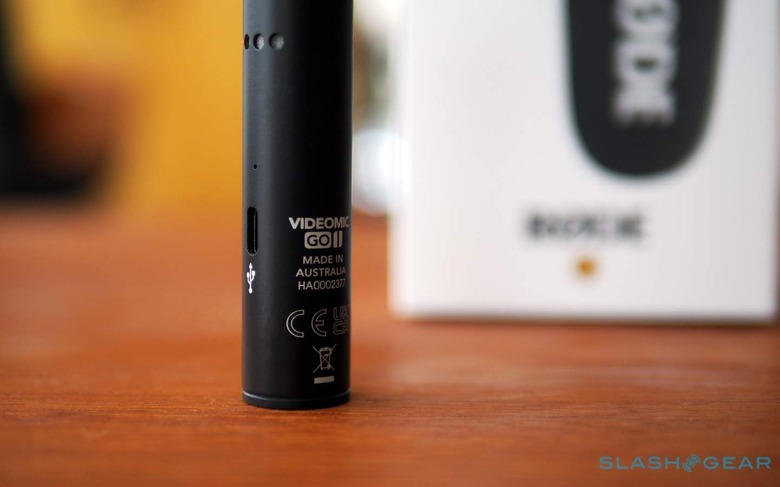
Plugged into a computer or smartphone, and the VideoMic GO II can get its power from that device. As a useful bonus for monitoring or playback, in USB mode the 3.5mm port can be used as a zero-latency headphone jack.
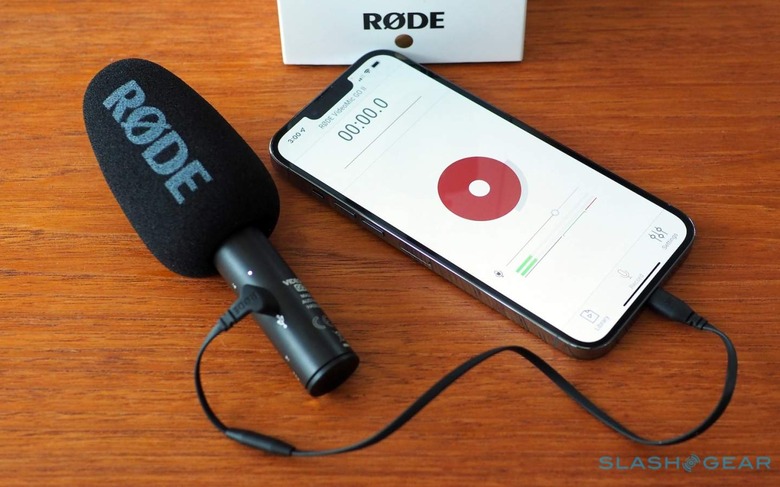
You can use the phone or computer recording app of your choice, but the new microphone also works with Rode's own apps. That includes support for Rode Central, Rode Connect, and Rode Reporter on iOS and Android; for desktop, there's full compatibility with the desktop version of Rode Connect. Available for Windows and Mac, Rode Connect is podcasting and streaming software that supports up to four Rode microphones to be used simultaneously. That includes individual control over input level, high-pass filter, high-frequency boost and pad, and various effects.
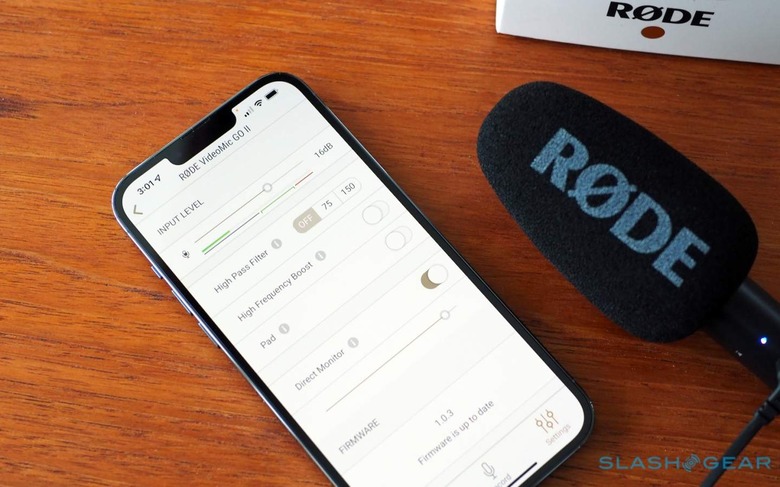
You get the same adjustment over those settings in USB mode on mobile, too, bringing prosumer-level tweaks into a much more attainable product. Along with the VideoMic GO II and the SC14 3.5mm to 3.5mm TRS cable it comes with, Rode has a set of different adapter cables to suit different phones and applications.
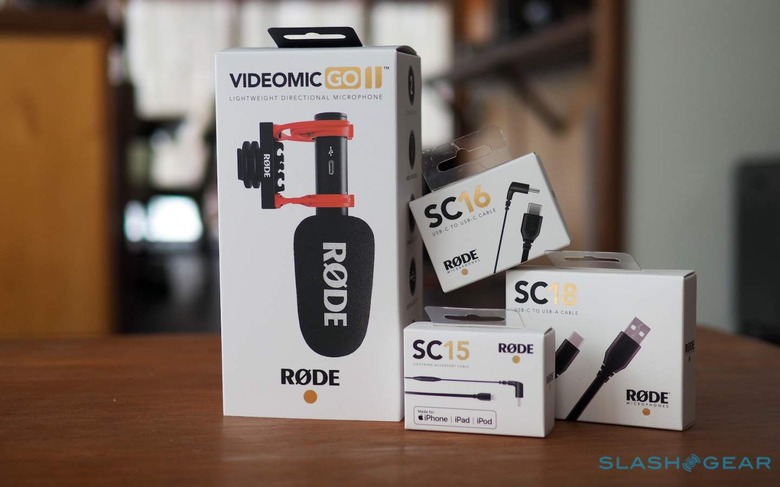
The SC15 links the USB-C to a Lightning port on an iPhone or iPad; the SC16 is a USB-C to USB-C cable, for use with many Android smartphones or Windows/macOS computers. Finally, the SC18 is a USB-C to USB-A cable.
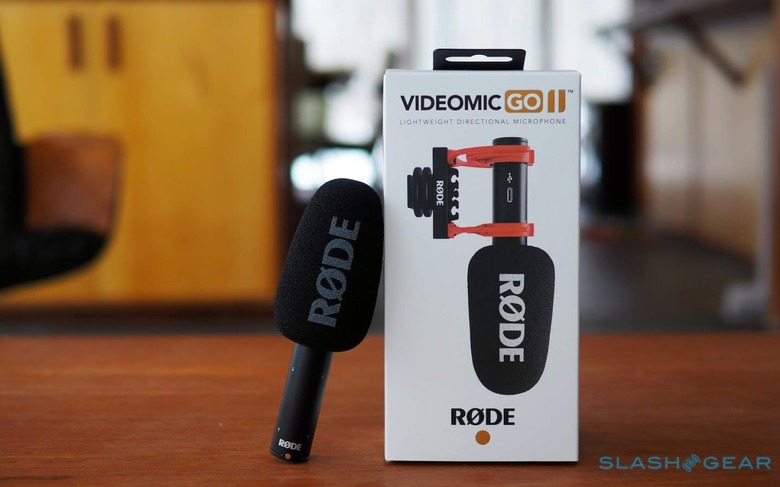
While plugging in a phone is probably one of the most likely applications here, Rode is also making sure photographers with a DSLR, Micro Four Thirds, or other cameras can play along. In addition to the 3.5mm cable in the box, there's also an SM8-R Camera Mount for the microphone. That helps isolate it from vibrations, plus there's a standard hot shoe plate on the bottom.

What may split opinion is that Rode has also removed the 9V battery that powered the original VideoMic GO. Instead, it's bus-powered — that's fine if you're using it in USB-C mode, but that could prompt a headache or two depending on if what you're plugging the 3.5mm cable into doesn't supply enough plug-in power. For most people, it's probably not going to be a consideration, mind, since the addition of USB-C is the big news here, and not having to think about replacing batteries – or turning the VideoMic GO II off after you're done with it – will be a much-appreciated improvement.
The Rode VideoMic GO II ships from today, priced at $99. An SC15 cable is $25, while an SC16 cable is $15.
